
Harmonizing Hearts: The Art of Combining Melodies
Music has an incredible ability to touch hearts and evoke emotions. One of the captivating elements of music is the art of counterpoint—combining different melodies to create a rich and textured sound. This blog explores the world of counterpoint, focusing on its significance in music composition and how you can apply it to pieces like “Come Ye Children of the Lord Piano Solo.” Whether you’re an aspiring composer or a music lover, understanding counterpoint can deepen your appreciation for musical creations.
What is Counterpoint?
Counterpoint is a compositional technique in music where two or more melodies are combined harmoniously. The term comes from the Latin word punctus contra punctum, meaning "point against point." Essentially, counterpoint involves weaving different melodic lines together so they work independently but sound pleasing when played together. This technique helps create a richer auditory experience.
The Basics of Counterpoint
When talking about counterpoint, it's essential to understand a few key concepts:
- Melody: A sequence of musical notes that is perceived as a single entity. This is what you usually hum along with.
- Harmony: The combination of different musical notes played or sung simultaneously. This gives depth to a melody.
- Independence: Each melodic line in counterpoint should maintain its identity while still complementing the others.
- Phrasing: The way a melody is shaped, often making it more expressive. Think of it as the sentence structure in music.
Understanding these concepts can help you appreciate how composers create beautiful pieces that resonate with listeners. Notably, pieces that use counterpoint often evoke deeper emotions, making music like “Come Ye Children of the Lord Piano Solo” more impactful.
The Historical Context of Counterpoint
Counterpoint has been a cornerstone of Western music for centuries. Its roots can be traced back to the Middle Ages, where early musicians experimented with simple melodies. As music evolved, so did the complexity of counterpoint. Renowned composers like Johann Sebastian Bach and Giovanni Pierluigi da Palestrina significantly contributed to developing counterpoint techniques, creating intricate pieces that are still celebrated today.
The Types of Counterpoint
There are various types of counterpoint, each with its unique characteristics:
- First Species: This involves moving each note of the melody against a single note of the counterpoint, creating a one-to-one relationship.
- Second Species: In this type, two notes are played against one note, allowing for more movement and interaction between the melodic lines.
- Third Species: This method uses a mixture of four notes in the counterpoint for each note of the melody, adding further complexity.
- Free Counterpoint: This encourages more freedom and creativity, allowing composers to explore different combinations of melodies without strict rules.
These types of counterpoint each serve different purposes in composition, allowing the composer to build tension, emotion, or resolution throughout a piece. Musicians can experiment with these principles while working on compositions such as “Come Ye Children of the Lord Piano Solo” or their own unique creations.
Applying Counterpoint to Your Composition
If you’re looking to incorporate counterpoint into your own music, here are some practical steps to get started:
Choose Your Melodies Wisely
Start by selecting two or more melodies that you think would work well together. This could be original melodies you’ve created or melodies from existing songs, like “Come Ye Children of the Lord Piano Solo.” Make sure each melody has a clear rhythmic and emotional intention.
Establish a Strong Foundation
Before diving into complex interactions between melodies, it’s crucial to have a strong base for your composition. Decide on the key and the basic harmony—this will guide the relationship between your melodies. A strong foundation ensures that your counterpoint thrives rather than flounders.
Maintain Independence of Voices
As you begin layering melodies, pay close attention to their independence. Each melodic line should stand strong on its own while complementing the others. Avoid having one overpower the others; instead, embrace a conversation between the melodies, much like different characters in a story.
Experiment with Rhythmic Variety
Rhythm plays a crucial role in counterpoint. Consider using different rhythmic patterns to enhance the interplay between melodies. Experimentation here can open up a range of emotions and dynamics across your composition.
Refine and Revise
As with any creative work, don’t be afraid to revise your melodies. Play around with different note combinations until you find something that resonates with you. Sometimes, taking a step back allows you to see the piece from a fresh perspective, leading to breakthroughs in your composition.
Famous Works that Utilize Counterpoint
Numerous remarkable pieces of music showcase counterpoint effectively. These works can inspire your compositions and demonstrate how techniques can uplift a piece like “Come Ye Children of the Lord Piano Solo”:
- Bach's "The Well-Tempered Clavier": A collection of preludes and fugues known for its intricate counterpoint.
- Palestrina’s "Mass for Four Voices": This mass is famous for its lush harmonics and engaging melodies.
- Beethoven's "Missa Solemnis": A choral piece that highlights counterpoint's emotional depth.
Studying these pieces can deepen your understanding of counterpoint and inspire new ideas for your own compositions.
The Emotional Impact of Counterpoint
Counterpoint is not just about technical skill; it has the power to evoke profound emotions in listeners. By skillfully combining melodies, composers help express complex feelings. For instance, the way contrasting melodies intertwine can create tension, resolution, joy, or melancholy, sparking a visceral response in the audience.
Creating Connections Through Harmony
Music has a unique way of connecting individuals. Through counterpoint, you can engage your listeners by weaving together different melodies that complement one another. Consider how “Come Ye Children of the Lord Piano Solo” manages to resonate with diverse audiences, often reinforcing the theme of unity and harmony through its melodic interactions.
A Personal Journey
Counterpoint can also be a reflection of your personal journey and experiences. As you experiment with different melodies and harmonies, you might find yourself expressing emotions you never knew you had. This can result in poignant pieces of music that not only speak to your heart but also connect with your audience on a deeper level.
Final Thoughts: Let Your Creativity Flow
As you explore the art of combining melodies, remember that counterpoint is a tool for innovation and connection. Whether you’re playing “Come Ye Children of the Lord Piano Solo” or creating your own musical masterpiece, the beautiful interplay of melodies can inspire you and those who listen to your work. Embrace the freedom to experiment, learn from the greats, and most importantly—let your creativity flow. Happy composing!
Silent Night Free Sheet Music Canon | Easy Organ Arrangement for Christmas
Away in a Manger Intermediate Piano Solo
Christ the Lord is Risen Today Fanfare | Easter Organ Sheet Music. For Organ, Choir or Congregation
Come Thou Fount of Every Blessing Organ Solo – A Powerful and Timeless Arrangement
View Comments
Leave a Comment
No comments



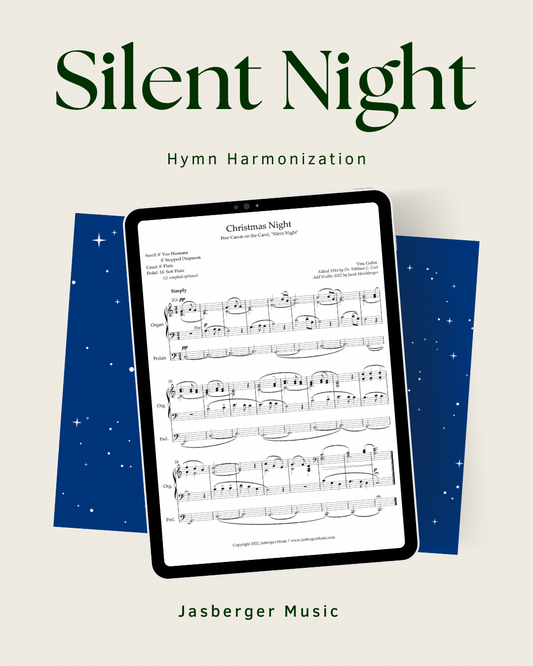
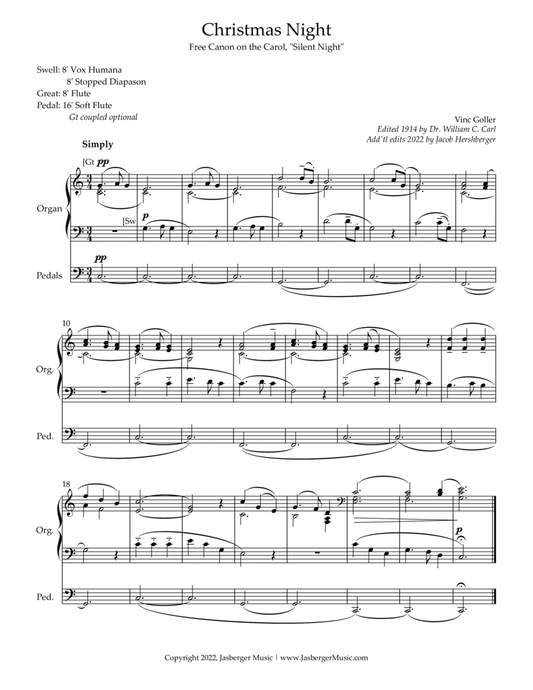

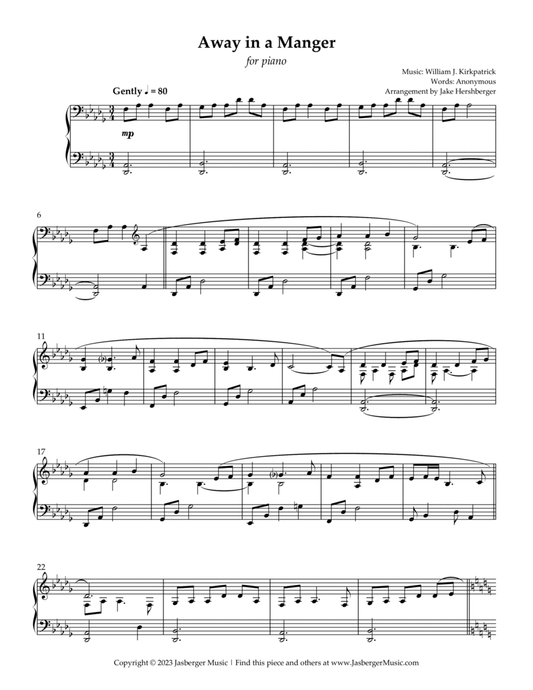

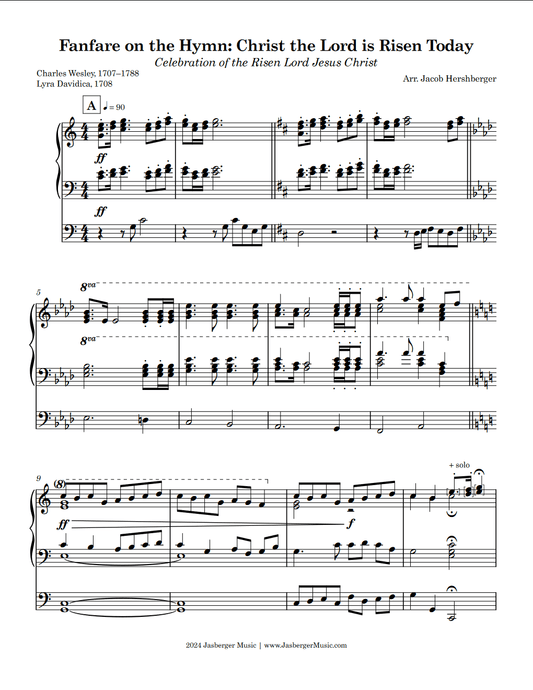

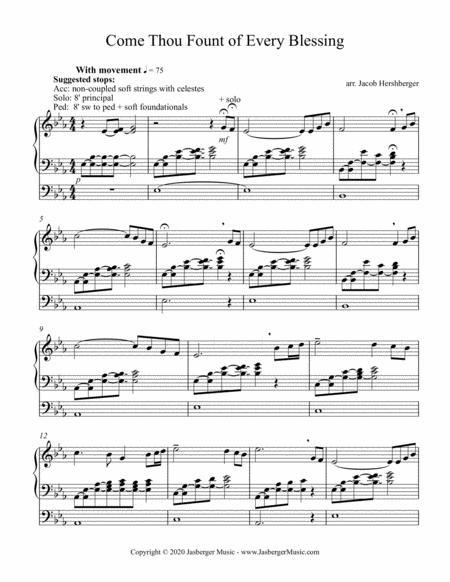

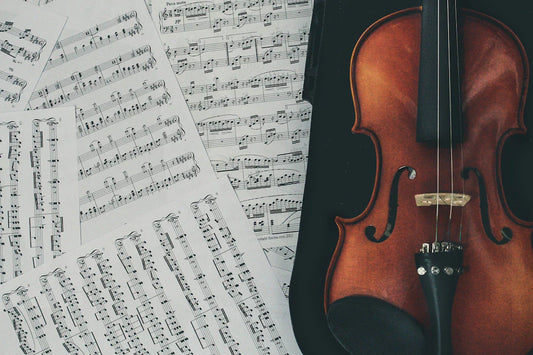


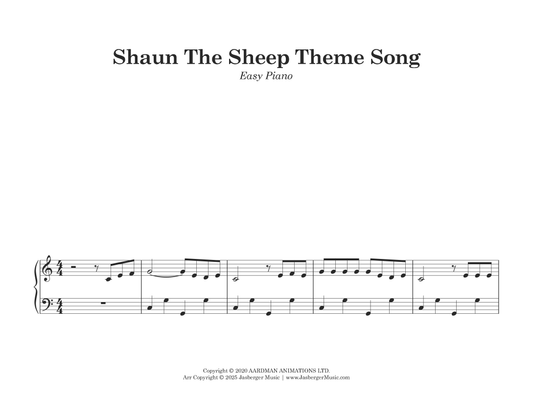

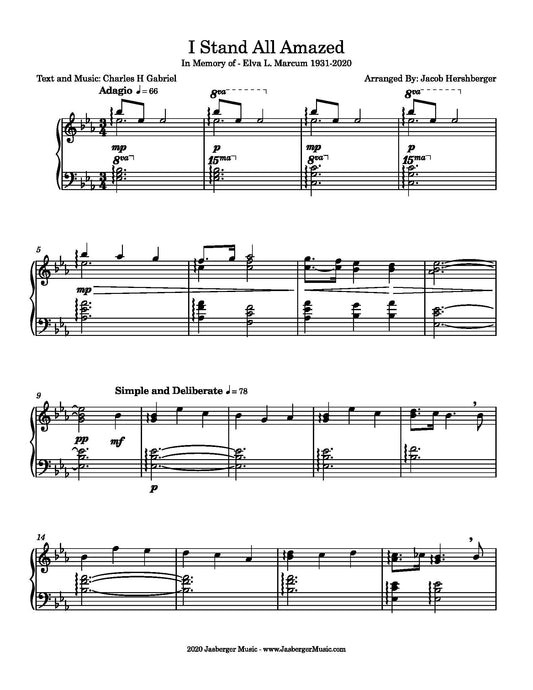

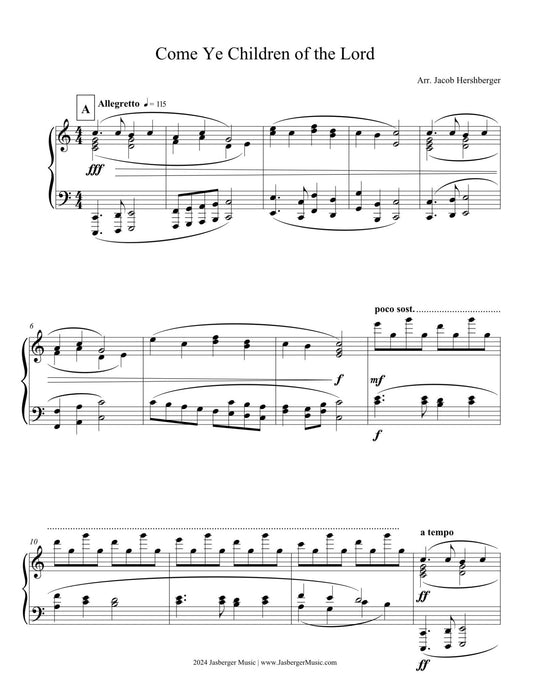

comments